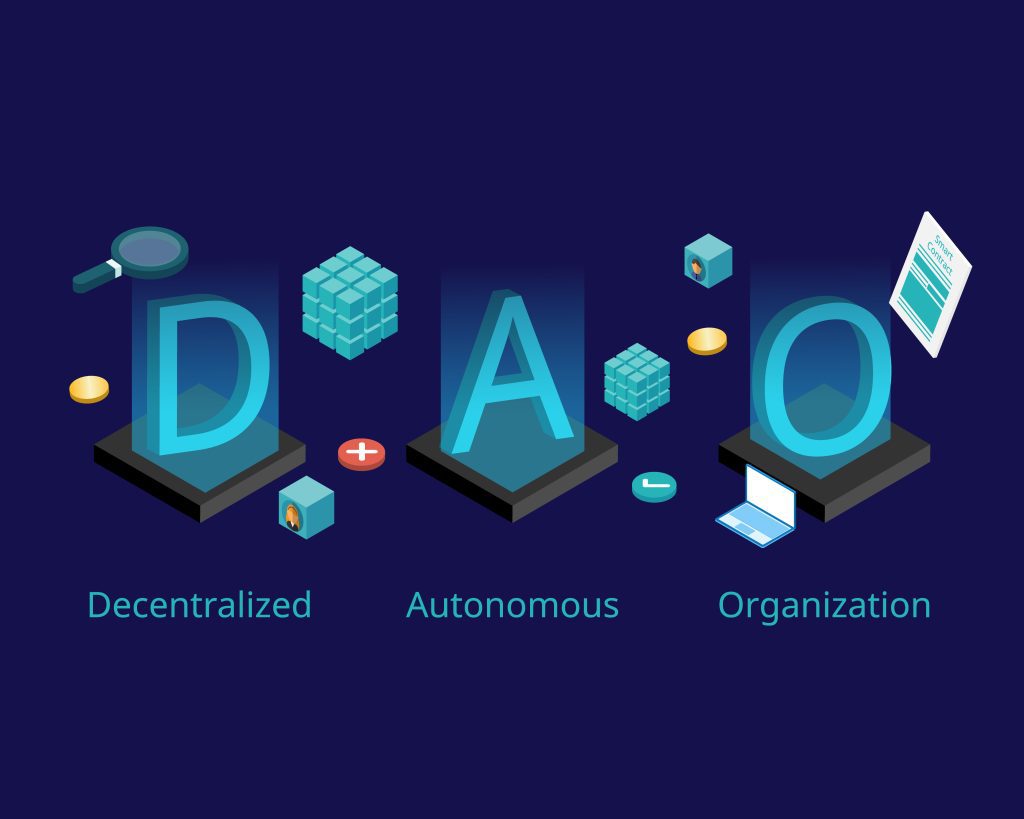Welcome to the exciting world of Decentralized Autonomous Organizations, or DAOs for short! In this comprehensive guide, we’ll dive deep into the concept of DAOs. We will start demystifying their inner workings and shining a light on their potential to revolutionize how organizations function. By the end of this article, you’ll have a solid understanding of what is a Decentralized Autonomous Organization, how they operate, and why they’re gaining traction among crypto enthusiasts. So, buckle up and let’s embark on this thrilling journey!
How a DAO Works
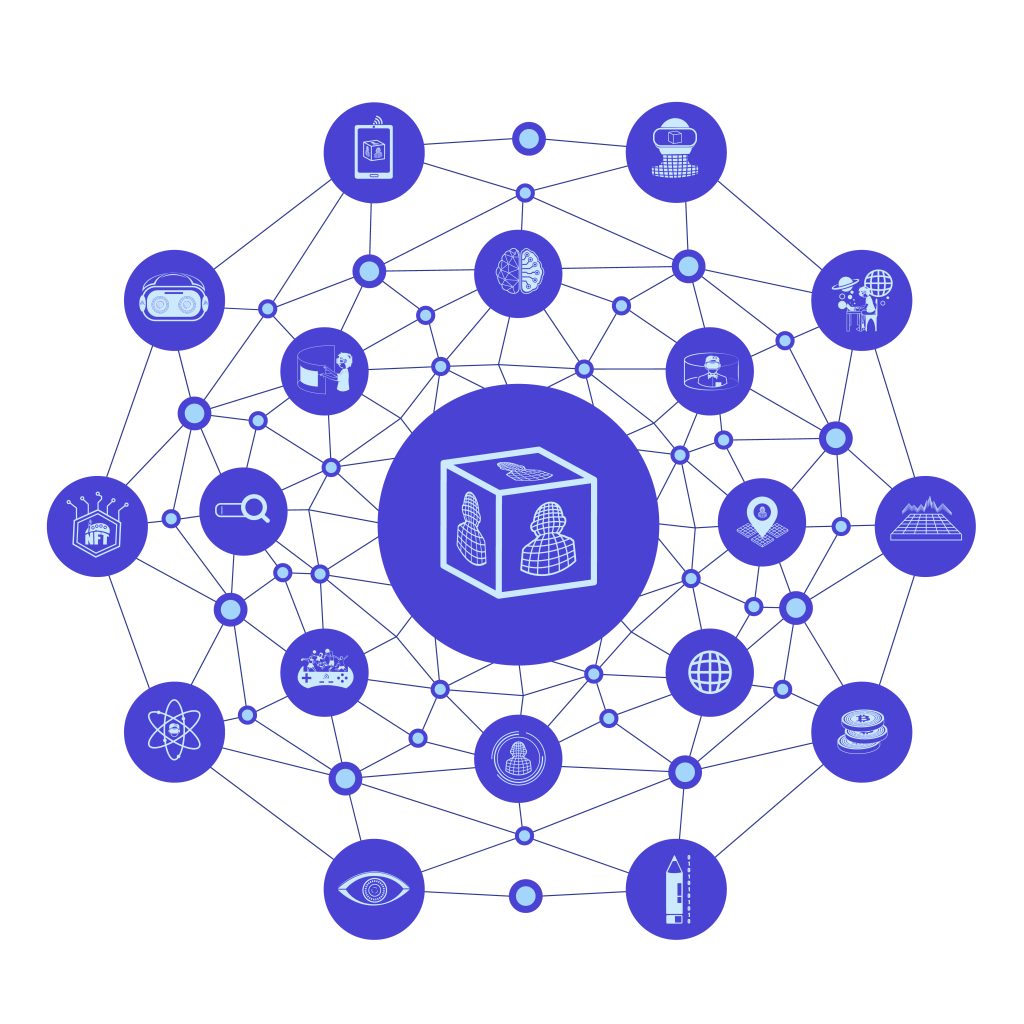

To truly grasp the magic of DAOs, it’s essential to understand their inner workings. At their core, DAOs are decentralized, blockchain-based organizations that operate autonomously through the use of smart contracts. These organizations are governed by a set of rules encoded within smart contracts, which execute automatically when certain conditions met. The power of decision-making in a Decentralized Autonomous Organization is distributed among its members. This members are who hold and use tokens to vote on proposals and influence the organization’s direction.
Here’s a quick rundown of the main elements that make a DAO tick:
- Blockchain technology: The backbone of a DAO, providing a secure, decentralized, and transparent infrastructure.
- Smart contracts: Self-executing contracts that automate processes and enforce the rules of the organization.
- Tokenomics: The economic system of a DAO, which governs the distribution and use of tokens for decision-making and incentivization.
In a nutshell, DAOs leverage the power of blockchain technology, smart contracts, and tokenomics to create a decentralized, autonomous, and democratic organizational model. With these components working in harmony, DAOs are set to disrupt traditional organizational structures and pave the way for a more transparent and equitable future.
The Evolution of Organizations and the Birth of DAOs
To truly appreciate the potential of DAOs, let’s take a step back and look at the evolution of organizations. In the past, traditional organizations were characterized by hierarchical structures, centralized decision-making, and bureaucracy. While this model worked for centuries, it came with several limitations, such as lack of transparency, and unequal power distribution.
Enter the digital age, and a new era of collaboration and decentralization was born. With the advent of the internet and blockchain technology, the stage was set for a revolutionary new organizational model – the Decentralized Autonomous Organization (DAO). Pioneered by the cryptocurrency and blockchain communities, DAOs are designed to address the shortcomings of traditional organizations by leveraging the power of decentralization, automation, and democratic decision-making.
Here are the key differences between traditional organizations and DAOs:
- Centralized vs. decentralized: While traditional organizations have a central authority controlling decision-making, DAOs distribute power among their members. This is made in order to foster a more democratic environment.
- Bureaucracy vs. automation: Traditional organizations are often plagued by red tape and slow decision-making. In contrast, DAOs use smart contracts to automate processes, enabling faster and more efficient operations.
- Opacity vs. transparency: Traditional organizations can be opaque in their decision-making and financial management. DAOs, on the other hand, offer unparalleled transparency, thanks to the public nature of blockchain technology.
In essence, DAOs are a response to the challenges and limitations of traditional organizations. By leveraging cutting-edge technology and reimagining organizational structures, DAOs have the potential to transform how we work, collaborate, and create value in the digital age.
Understanding the Core Components of a DAO
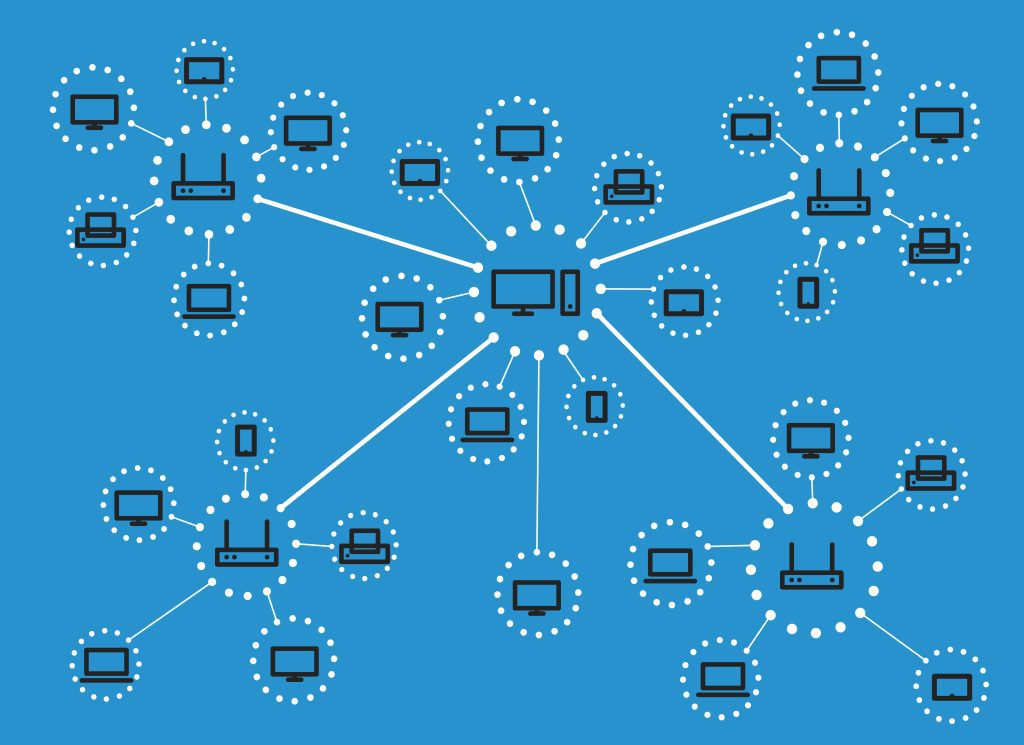

DAOs are built on a foundation of three core components: blockchain technology, smart contracts, and tokenomics. Let’s dive into each of these components and explore their significance in the world of DAOs.
Blockchain technology
Blockchain technology lies at the heart of a Decentralized Autonomous Organization. It is a decentralized, distributed ledger that records transactions across a network of computers, ensuring security, transparency, and immutability. Blockchain technology enables DAOs to function without a central authority, fostering a more democratic and trustless environment for collaboration. The key benefits of using blockchain technology in DAOs include:
- Decentralization: By distributing power and control, blockchain technology eliminates single points of failure and reduces the risk of corruption.
- Security: The cryptographic nature of blockchain technology ensures the integrity and authenticity of data, protecting against fraud and hacking.
- Transparency: Blockchain technology provides a public, verifiable record of all transactions, fostering trust and accountability among DAO members.
Smart contracts
Smart contracts are self-executing contracts with the terms of the agreement directly written into code. They run on blockchain networks and automatically enforce the conditions and rules set forth by the parties involved. In the context of Decentralized Autonomous Organizations, smart contracts play a critical role in:
- Governance: Smart contracts enable DAOs to implement decentralized decision-making processes, such as voting on proposals and distributing funds.
- Automation: By automating tasks and processes, smart contracts streamline operations and reduce the need for manual intervention and bureaucracy.
- Trustless collaboration: With smart contracts, DAO members can collaborate without relying on intermediaries, thereby minimizing trust-related risks and conflicts.
Tokenomics
Tokenomics, or token economics, refers to the design and structure of a token within a blockchain ecosystem. It encompasses various aspects, such as token distribution, utility, and incentives. Tokenomics plays a vital role in DAOs, as it helps to:
- Align incentives: By designing tokens that reward desirable behaviors, DAOs can encourage collaboration and participation among members.
- Distribute power: Tokenomics can be used to distribute voting rights and decision-making power, ensuring a more democratic and decentralized governance structure.
- Create value: Tokens can serve as a store of value or a medium of exchange within the DAO ecosystem, enabling members to participate in the organization’s growth and success.
Real-world Examples of Successful DAOs
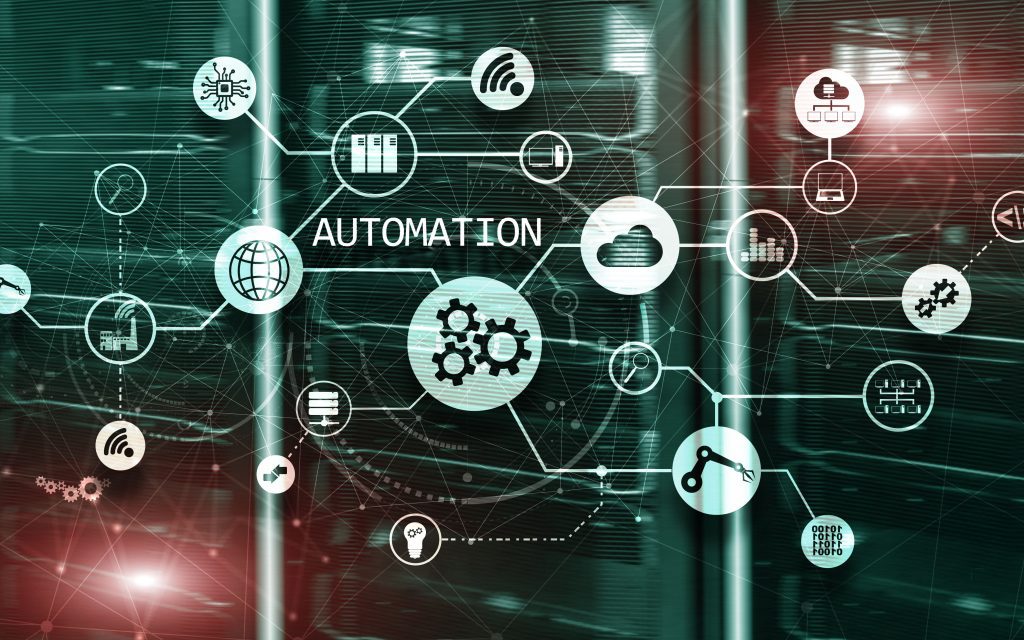

Decentralized Autonomous Organizations have made significant strides in recent years, with various successful projects providing real-world examples of their potential. One of the most well-known examples is MakerDAO, a decentralized finance (DeFi) platform that allows users to create and manage a stablecoin called DAI. MakerDAO’s governance system enables its members to vote on key decisions and proposals, giving them direct control over the platform’s future.
Another example is Aragon, a platform that allows users to create and manage their own DAOs with customizable governance structures. Aragon provides an accessible, user-friendly interface for setting up a DAO and managing its operations. This is what maked it a popular choice for organizations looking to adopt decentralized governance models.
Yearn.finance is yet another successful DAO in the DeFi space. It aims to simplify and optimize yield farming strategies, allowing users to maximize their returns on various DeFi platforms. Yearn.finance operates as a DAO, with its community members participating in the decision-making process through governance tokens.
The Benefits and Challenges of DAOs
DAOs offer numerous benefits over traditional organizations, thanks to their decentralized and transparent nature. However, they also face several challenges that need to be addressed for them to reach their full potential. Let’s take a closer look at the benefits and challenges associated with DAOs.
Benefits
- Decentralization: DAOs distribute decision-making power among members, fostering a more democratic and inclusive environment.
- Transparency: DAOs operate on blockchain technology, ensuring that all transactions and decisions are recorded and accessible to the public.
- Reduced bureaucracy: DAOs eliminate the need for hierarchical management structures, streamlining processes and reducing red tape.
- Borderless collaboration: A Decentralized Autonomous Organization enable global collaboration, allowing individuals from different geographical locations and backgrounds to work together seamlessly.
- Resilience: DAOs are more resistant to external threats, such as censorship or regulatory intervention, due to their decentralized nature.
- Incentivization: Token-based systems can provide financial incentives for members to contribute to the success of the organization.
Challenges
- Regulatory uncertainty: The legal status of DAOs is still unclear in many jurisdictions, creating uncertainty and potential compliance challenges.
- Security risks: DAOs rely on smart contracts, which are vulnerable to bugs and exploits if not properly coded or audited.
- Coordination problems: Decentralized decision-making can sometimes lead to slower decision-making processes and inefficiencies.
- Scalability issues: As DAOs grow in size, it becomes increasingly difficult to maintain effective governance structures and reach consensus among all members.
- Adoption barriers: For many, the concept of DAOs is still relatively new and unknown, making it challenging to gain widespread adoption and acceptance.
- Reputation risk: The lack of central authority in a DAO can make it difficult to hold individuals accountable for their actions, potentially harming the organization’s reputation.
How DAOs Function: Decision Making and Governance
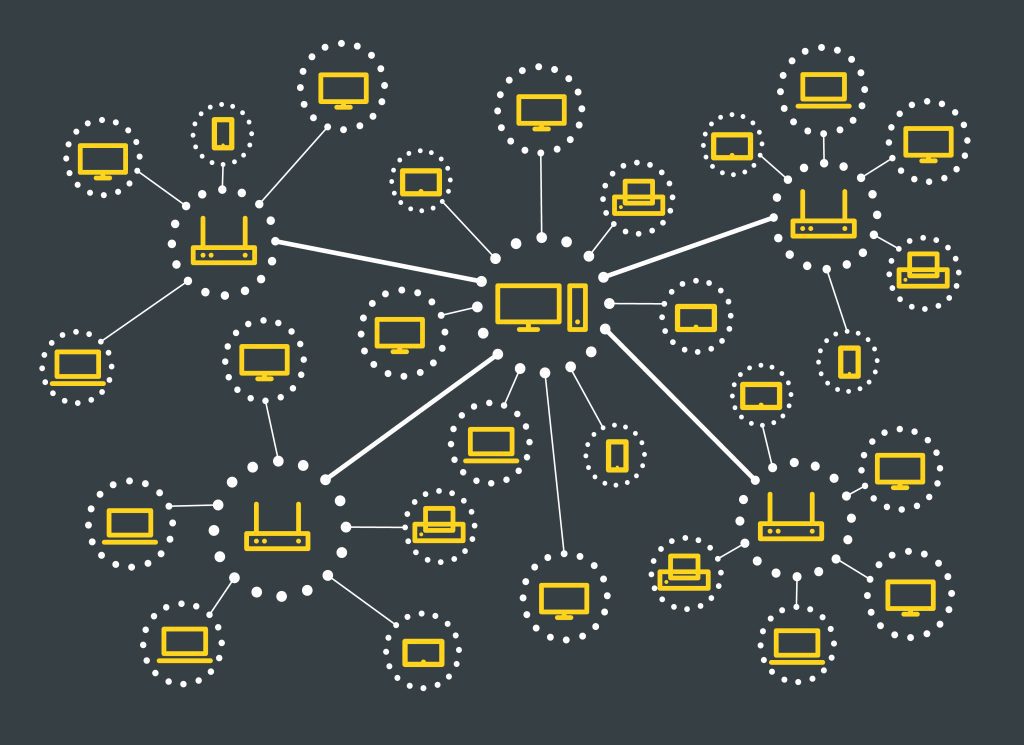

In a DAO, the decision-making process is decentralized and driven by the collective intelligence of its members. Let’s explore the key elements of DAO governance, including governance models, voting and proposal mechanisms, and the role of consensus in decision making.
Governance models
DAOs can adopt various governance models to suit their unique needs and objectives. Some of the most common governance models include:
- Direct democracy: In this model, every member has an equal say in decision-making. Members can vote on proposals, and the majority decision is implemented.
- Liquid democracy: This model allows members to delegate their voting power to trusted representatives, who can vote on their behalf. Members can also change their representatives at any time.
- Futarchy: In this model, decisions are made based on prediction markets, where members bet on the potential outcomes of proposals. The proposal with the highest predicted success is implemented.
Each governance model has its advantages and disadvantages, and the choice depends on the specific goals and requirements of DAOs.
Voting and proposal mechanisms
Voting and proposal mechanisms are essential for ensuring a transparent and inclusive decision-making process in DAOs. Some common voting and proposal mechanisms include:
- Token-based voting: Members vote using tokens, with each token representing one vote. This method can be based on the “one-token, one-vote” principle or use a weighted voting system.
- Quadratic voting: In this system, the cost of votes increases quadratically with the number of votes cast, ensuring that no single member can dominate the decision-making process.
- Range voting: Members assign a score to each proposal, and the proposal with the highest average score is implemented.
These mechanisms allow members to propose ideas, discuss them, and vote on the best course of action for the Decentralized Autonomous Organization.
The role of consensus in decision making
Consensus is the process of achieving agreement among a group of individuals. In DAO governance, consensus plays a crucial role in ensuring that decisions are made collectively and in the best interest of the organization. Some common consensus mechanisms used in DAOs include:
- Proof of Work (PoW): In PoW, members solve complex mathematical puzzles to validate transactions and add them to the blockchain. This mechanism is resource-intensive and has been criticized for its environmental impact.
- Proof of Stake (PoS): In PoS, members validate transactions and create new blocks based on the number of tokens they hold. This mechanism is more energy-efficient and encourages long-term commitment from members.
- Delegated Proof of Stake (DPoS): In DPoS, members elect a limited number of delegates who validate transactions and make decisions on their behalf. This mechanism promotes efficiency and scalability.
By achieving consensus through these mechanisms, DAOs can ensure that decision-making processes are fair, transparent, and aligned with the organization’s best interests.
The Future of DAOs and Their Impact on the Business Landscape
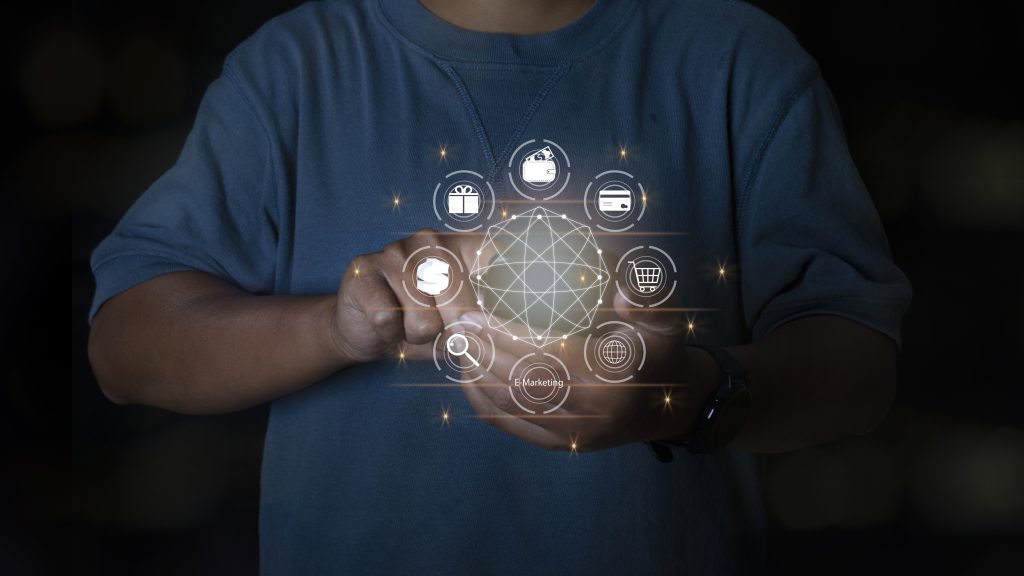

As Decentralized Autonomous Organization continue to evolve and mature, their impact on the business landscape could be profound. They have the potential to transform traditional business structures by introducing decentralized governance models, fostering greater collaboration and innovation across industries.
In the future, we could see an increasing number of businesses and organizations adopting DAO-like structures, enabling them to become more agile, democratic, and resilient. This shift could lead to the rise of new types of organizations that are better suited to the rapidly changing global economy and the growing importance of digital assets and technologies.
Moreover, DAOs could help address some of the most pressing issues in the modern business world, such as income inequality, the concentration of power, and environmental sustainability. By empowering individuals to participate in decision-making processes and benefit from the success of the organizations they contribute to, DAOs can pave the way for a more equitable and sustainable future.
Conclusion
A Decentralized Autonomous Organization represents a paradigm shift in the way organizations are structured and governed. They leverage blockchain technology, smart contracts, and tokenomics to create more democratic, transparent, and efficient systems that empower their members to participate in decision-making processes.
Despite the challenges they face, such as regulatory uncertainty and security risks, DAOs have the potential to revolutionize the business landscape and transform industries. By learning from successful examples like MakerDAO, Aragon, and Yearn.finance, we can continue to refine and improve DAO models and unlock their full potential.
As we look to the future, the rise of DAOs could pave the way for a more equitable, sustainable, and collaborative world, where power is distributed, and individuals have a greater say in the organizations that impact their lives. So, keep an eye on the growth of DAOs, as they might just reshape the way we think about organizations and governance in the years to come.


